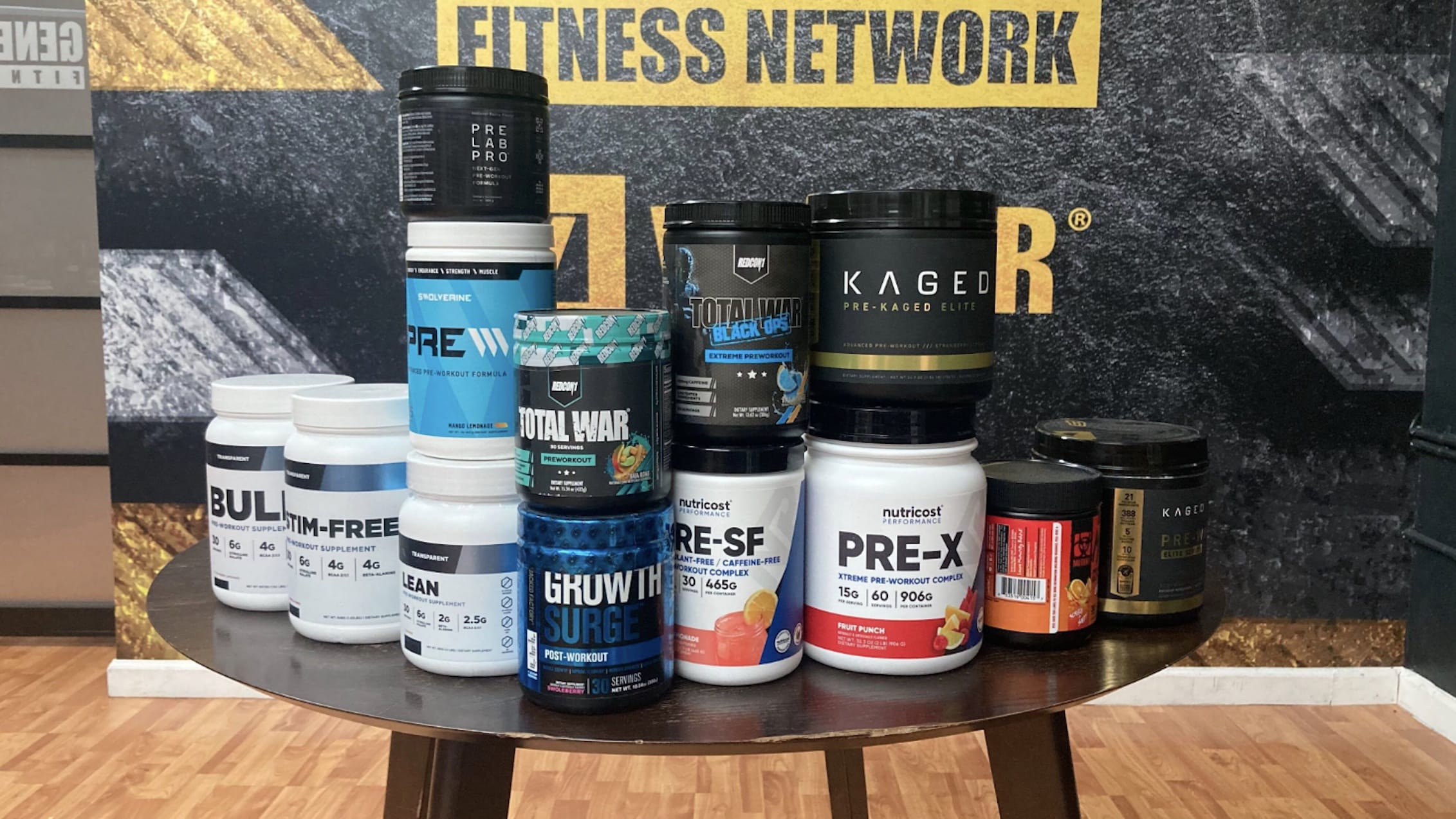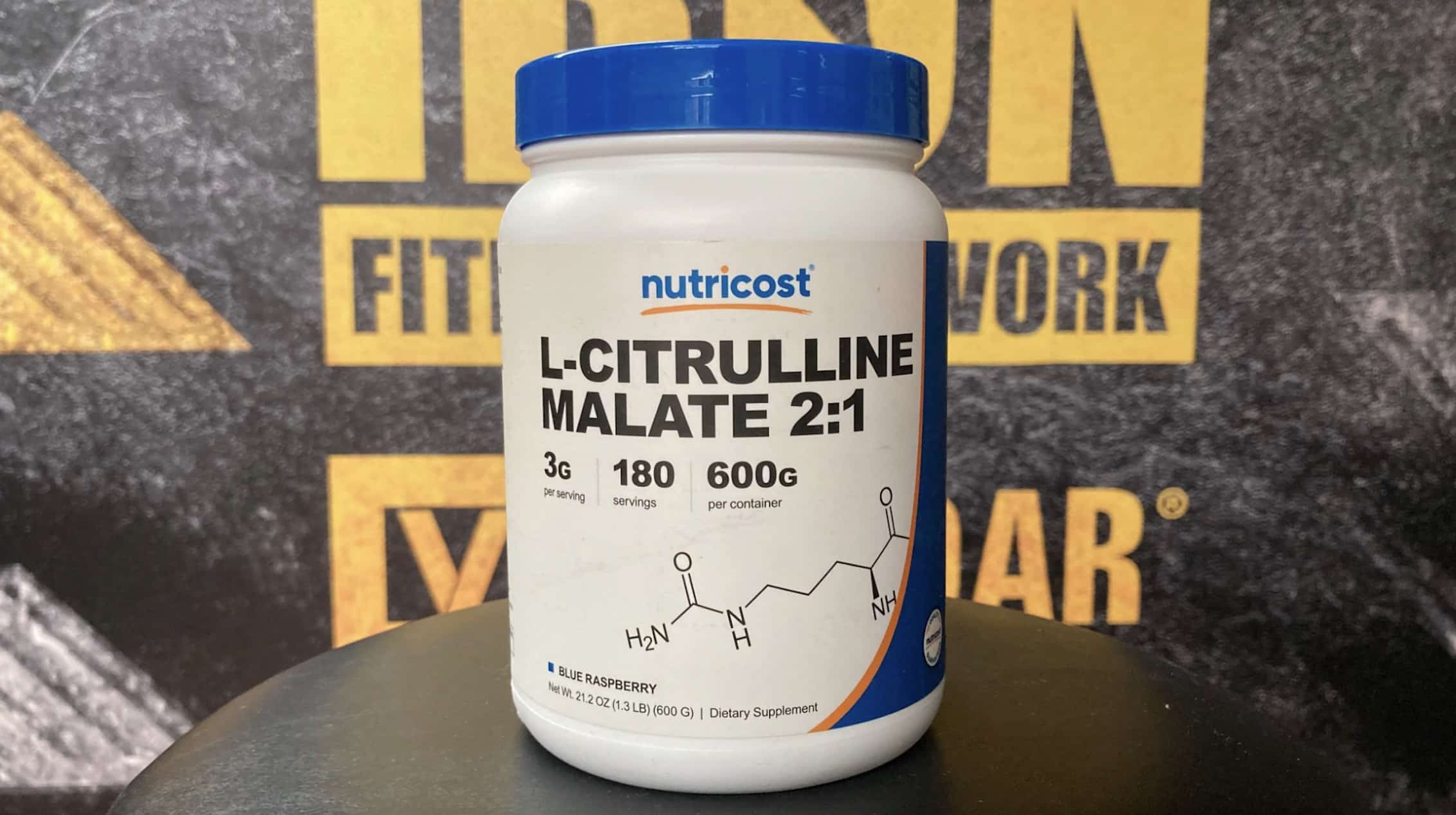Scapular wall slides improve shoulder mobility.
Shoulder mobility is essential for performing functional movements effectively. Improving mobility alleviates shoulder tightness, enhances strength, and reduces the risk of injury during training. Additionally, better mobility increases your range of motion, an essential factor for muscle growth (1). Scapular wall slides are a simple yet powerful exercise for improving shoulder mobility and strength.
This guide delves into scapular wall slides, outlining their key benefits, the muscles they target, and step-by-step instructions for performing them correctly. We’ll also explore other effective shoulder mobility routines to help you achieve greater results.
Technique & Muscles Worked
Scapular wall slides are basic and effective shoulder mobility exercises that increase scapular mobility, activate the upper back, and improve shoulder rotation. It works the muscles responsible for scapular stability, including the rhomboids, lats, serratus anterior (a chest muscle that helps move the arm and stabilize the chest muscle), and traps. This exercise also activates your core muscles.
You can do this bodyweight movement anywhere with a wall. However, if you’re looking for more resistance, you can incorporate resistance bands or free weights like a pair of dumbbells and a barbell.
Scapular wall slides don’t just improve your shoulder mobility; this exercise can also strengthen your mid and lower traps. This allows you to lift heavier weights, improve your lifting ability for other exercises like overhead presses, reduce injuries, and improve your posture.
Form is very important when performing the scapular wall slide. Always keep your shoulders down and relaxed during the upward and downward movement. Avoid shrugging your shoulders. Keep your back straight and avoid pushing or tilting your head forward to avoid straining the neck muscles.
Here’s a comprehensive guide on how to perform the scapular wall slide.
- Stand with your back facing the wall and keep your feet at a hip-width distance.
- Ensure your feet are slightly away from the wall and your lower back, head, and elbows touch it.
- Next, raise your arms so that your forearms are touching the wall. Your elbows should be parallel to the floor. This is your starting position.
- Exhale and slowly slide your hands up the wall, maintaining a neutral spine until you fully lock your elbows.
- Pause for about one to two seconds and slowly return your hands while remaining neutral to the starting position, making it one rep.
- Repeat this movement for as many reps as you desire.
Benefits
Scapular wall slides are great for shoulder rehab and regaining shoulder strength. They’re easy to perform, and you can do them anywhere. Below is a list of some of the benefits this exercise offers.
Improves Shoulder Mobility
Many lifters struggle with their shoulders and experience stiffness or limited mobility. Scapular wall slides can help improve this by increasing the range of motion. They also work the muscles essential for shoulder mobility and improve overall functional movements (2).
Improves Posture
The scapular wall slide targets the shoulders, scapular, and upper back. These muscles help with proper posture. Stronger back muscles improve posture and balance and enhance functional movement and overall quality of life.
Great for Warm-Ups
If you’re into heavy lifting, warm-up exercises help keep blood flowing into target muscle areas, which is beneficial before workouts (3). Scapular wall slides also help warm the shoulders and other upper body muscles for heavier lifts, improving exercise performance. You can also use them in between exercises as an active rest technique.
Activates Core Muscles
When performing scapular wall slides, your core is required to help maintain proper form and stability. This exercise activates and strengthens your core muscles, which improves posture and exercise form.
Scapular Wall Slides Alternatives
The scapular wall slide is an effective bodyweight exercise for shoulder mobility and strengthening. However, they’re not the only exercises you can use for shoulder mobility. Below is a list of alternatives you can add to your bag of exercises.
Banded Shoulder Rotation
Banded shoulder rotations strengthen the shoulders, including the posterior deltoids and rotator cuffs. The effective go-to equipment for this exercise is a resistance band attached to a sturdy pole.
Reverse Fly
Reverse flys are a weight training movement that works the rhomboids, traps, shoulders, and core. Performing this exercise helps stabilize the shoulders and improve your posture. You can use a pair of dumbbells or kettlebells to do this exercise.
Child’s Pose
The child pose exercise effectively stretches your shoulders, traps, lats, and lower back muscles. This movement involves kneeling, bending, and stretching, which helps release stress and tension in your shoulder and back. The stretch also warms up your shoulders, which can help with mobility.
FAQs
What do scapular wall slides do?
Scapular wall slides are bodyweight workouts that improve shoulder mobility, strengthen the upper back, and increase scapular stability. They also activate the core.
Do wall slides help posture?
Yes, scapular wall slides help posture by strengthening the back and shoulders, targeting the traps and rhomboids. They also activate core muscles, which helps with proper posture and reduces the chances of injuries, especially when lifting.
How to perform a wall slide?
You only need a flat surface like a wall to perform the scapular wall slide. Assume a stance with your feet at a hip-width distance and maintain a neutral spine. Then, slide up and down with your arms raised. The exercise guide above provides more details on this routine.
Follow Generation Iron on Instagram, Facebook, and Twitter for more exercise guides!
References
- Schoenfeld, B. J., & Grgic, J. (2020). Effects of range of motion on muscle development during resistance training interventions: A systematic review. SAGE open medicine, 8, 2050312120901559. https://doi.org/10.1177/2050312120901559
- Kim, T. H., & Lim, J. Y. (2016). The effects of wall slide and sling slide exercises on scapular alignment and pain in subjects with scapular downward rotation. Journal of physical therapy science, 28(9), 2666–2669. https://doi.org/10.1589/jpts.28.2666
- Fradkin, A. J., Zazryn, T. R., & Smoliga, J. M. (2010). Effects of warming-up on physical performance: a systematic review with meta-analysis. Journal of strength and conditioning research, 24(1), 140–148. https://doi.org/10.1519/JSC.0b013e3181c643a0








